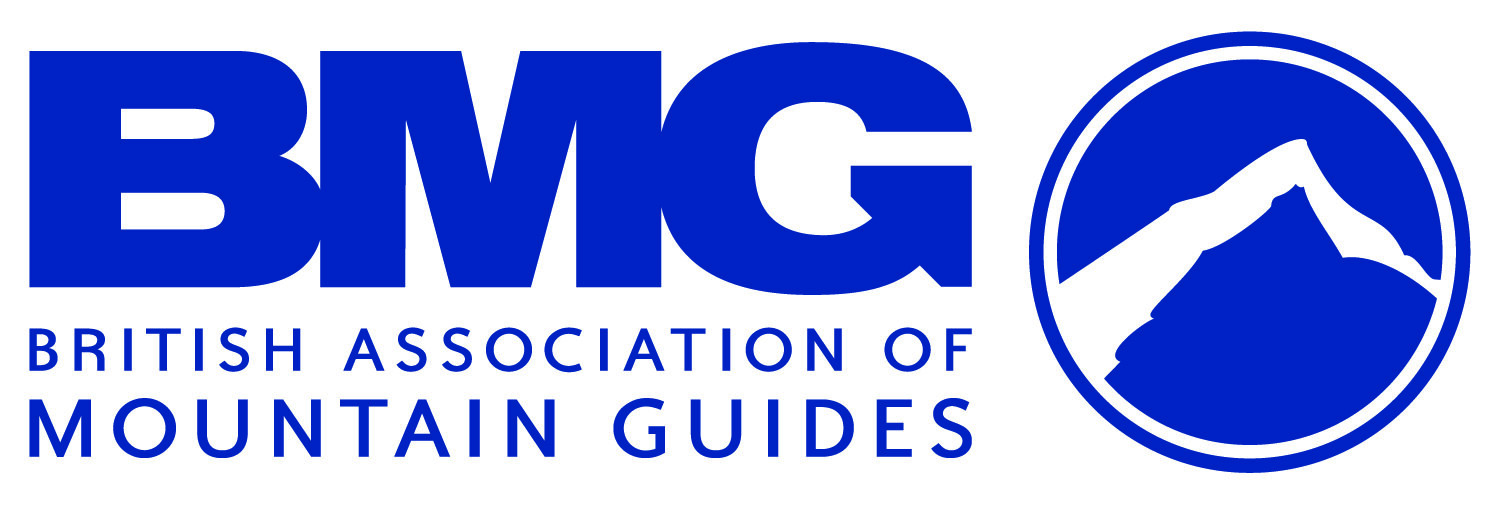Lake Baikal: A Tale of No Fire and Too Much Ice
/GUEST POST by JAMES REDDEN
Lake Baikal. A true gem in the Russian crown, one more priceless than any the Romanov women had embroidered into their dresses. Yet sometimes more lethal than the Bolshevik henchmen who came for them in the night. Between the months of December and April, the surface of the lake is licked by the frigid Siberian winds racing north to south. In a few weeks the placid waters freeze several metres deep. Then a curious thing happens.
Lake Baikal: below this cold and serene surface is a mile-deep chasm filled with icy water and freshwater seals
People like me load food, shelter and cooking supplies into a pulka (a sled) that can weigh up to 60kg. We pull on layers of clothes, slip our feet into studded boots or trail running shoes. An imaginary crack of a pistol starts our journey as we head north, travelling on ice and through a wilderness of immense beauty.
Normally, I write on my outdoor gear review blog TrekSumo, but Chris & Anne have kindly offered to let me recount my experience for their website visitors.
So let’s do this.
The Story Behind Baikal
Back in 2019 I’d started planning for a solo ski to the geographic South Pole. About three months before I was due to set off my main sponsor pulled out and this left me with a big hole in my family finances. I scrabbled around for another three months in an attempt to find the funds, but with no success. A little bit disappointed, I spent some time mulling over the question of what next? Foremost in my mind was the thought that I was, in a way, letting down the three charities I’ve been aiming to raise funds and awareness for my trip on my trip across Antarctica.
And then it came to me: Lake Baikal, the largest freshwater lake on Earth was waiting for me.
Taking some advice from Conrad Dickinson, a former soldier who trained me for my trip to the North Pole, I began the preparation for the 400 mile journey across the frozen surface of the lake. On February 14 2020 I flew to Russia. I know, it was Valentine’s Day but my partner insisted I go before the temperatures rose later in the season and the ice started to break up.
The Journey Across Lake Baikal
After a couple of days of preparation and testing in the city of Irkutsk, I was driven down to the edge of the lake. The starting point for this adventure is on the shores of the small town of Kultuk.
The local guide, Eugene, helped me haul my pulka onto the ice. We carried out a few checks to ensure that we had communications, then I set off. Uppermost in my mind at this time was one question: how hard can this be? I mean, the average temperature for this time of year is around -16°C. The ice is at least a metre and a half thick. I’d be travelling fairly close to the shoreline, a maximum of about 500m away.
I thought that nothing could go wrong!
This is what a 60kg pulka looks like before setting off. It gets messier as the days go by!
The First Injury
At the very start of the journey I was feeling good. No, I felt fantastic, and so I decided to push myself a little. In five hours, with a fair amount of jogging, I covered over 24 km. That might not seem like much until you think that I was also hauling a 60 kg pulka whilst slipping and sliding across the ice.
But all was not to go well. Towards the end of the day I encountered some ice rubble and tripped. Within minutes I had to stop, set up my tent and rest for the night. The next day my ankle was painful and swollen. I made a makeshift ice pack packed inside my socks and moved off. The going was slow, every step jarred sprain and sent lances of pain racing up my leg, but by day three the pain had eased off and I could move much faster.
Everything was looking good.
The Second Injury
On the morning of day five I rolled out of my sleeping bag. The cold snatched at me. The temperatures dipped way lower than the weather forecast had suggested.
I needed to get warm and I needed food. My stove primed, the fuel valve opened, I attempted to light it up. For about thirty seconds my MSR stove sputtered and choked before the flame died. It took several attempts to get the cooker working, and I was really cold. I put on my tent boots and as I did, I felt an unusual sensation in my right ankle. Pausing to look down, I saw that the shin and ankle were swollen, the skin red and aggravated. A few minutes later the pain followed. I was cold and limping. The day ahead of me wasn’t going to be a particularly pleasant experience.
An hour later I’d finished eating my lukewarm food. I strapped my ankle and shin, collapsed the tent and packed my gear into the pulka. Ten hours later, cold and in pain, I made camp. The first task inside my tent was to repair my stove. After about fifteen minutes of trying to dismantle the stove with frost-nipped fingers, I found the problem. The pump seal had split. Five minutes later the water was rapidly approaching boiling point.
After eating, and applying a new strap to my ankle, I wrote another journal entry. Five minutes later, or possibly less, I was asleep.
Tent Fire
Anyone who’s ever experienced a tent fire will know the terror that went through my mind on that day. It was the evening of day eight. I’d made good progress, covering nearly 40 miles by hiking and running across the ice. Tired, I quickly set up camp, and threw my gear into the tent. My levels of concentration were low. Periodic problems both my stoves make cooking slow which in turn left me feeling cold and irritable. In addition, my body was starting to feel the effects of seven days hiking and running distances of 35+ miles in sub-zero temperatures.
I remember watching the steam rise from under the lip of the saucepan lid. My eyes fluttered briefly, or so I thought, and when they opened again my tent was on fire. I ripped open the tent zipper and threw the raging stove into the snow. Then I beat the small flame that was working its way up one of the seams of my tent. The fire extinguished, I laid back and sucked in a deep breath.
Although disaster has been averted, I now had a hole in my tent through which the wind whistled. It was going to be a very cold night.
My frostbitten thumb, just a little painful.
A Journey to the Icy Depths
In summer, boats are the main form of transport for the communities dotted along the edge of the lake. In winter roads are marked on the ice. Cars, SUVs and even Soviet-era military trucks move back and forth across the ice. On the whole, it seems like a pretty safe way to get about. But not all vehicles manage to make the crossing without mishap. The ice is thick enough to support vehicles, most of the time. One of the most unpleasant experiences I had during my trek was feeling the ice shift and grumble when a 4x4 cruised past me. The sounds sent a chill up my spine – immersion had already sent two other travellers through the ice (they survived, but their trips were over).
A couple of days later I spotted a dark shape on the ice. I jogged about 500m and found myself staring at the boot of a car. A short distance away was a young man who, in broken English, told me it was his vehicle and that a recovery truck was on its way. We shared a hot coffee from my flask then, when the truck arrived, I moved off. Later, after my trip was over, Eugene told me that cars going through the ice was not uncommon. And sometimes the occupants didn’t get out.
I discovered even more respect for the ice and the one-mile deep basin that is the depth of the lake.
That’s A Big Story: Could Anything Else Go Wrong?
Probably not. Unless you want to throw in a bout of mild food poisoning, a near encounter with a pack of wolves and a very surreal conversation with a pair of ice fishermen I met at 3am. Oh, and a second tent fire that turned a large section of my Carinthia down jacket into a solid block of nylon. After that, the rest and food stops became much colder!
Lake Baikal is a stunning place to visit. I met some amazing people, experienced sights and sounds that I’d only ever dreamed of, and foolishly allowed myself to get cold in a way that was a danger to my life.
About the author
James is an IT guy by trade. His love of the outdoors was born when he was young, nurtured during his time in the British Army and expanded following his switch to running his own business. His time is split between big adventures (the more arduous, the better), his business and his children. Oh, and his website, where he reviews outdoor gear and writes about his journeys. He also hangs out on Instagram @james.redden and Twitter @jredden.







